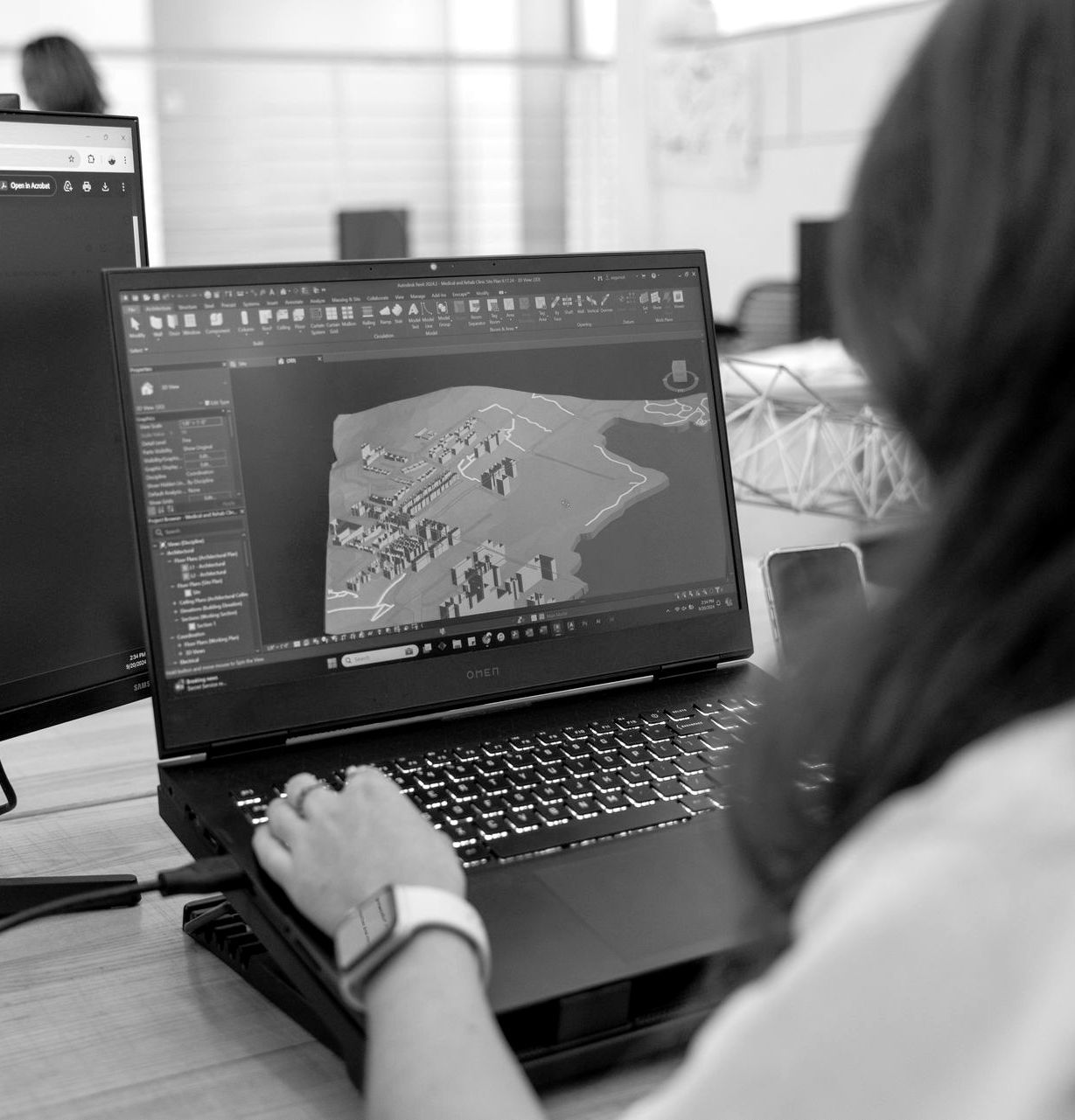Biology & Urbanism
Shaping Healthier Cities
Discover the Intersections Between Biology and Urbanism
Public Health and Urban Design
Disease Ecology
Study how cities impact the spread of diseases like malaria and dengue.
Healthy Spaces
Design urban areas that promote mental and physical well-being with parks and walkable streets.
Environmental Monitoring & Management
Air & Water Quality
Use biological indicators to track pollution and improve city environments.
Waste Solutions
Develop sustainable waste management practices, like composting and bioremediation.
Biophilic Design
Nature-Inspired Spaces
Incorporate natural elements into urban areas to boost health and air quality.
Human-Nature Connection
Design areas that help people connect with nature for mental and physical benefits.
Climate Change Adaptation
Resilient Cities
Help cities adapt to floods, heatwaves, and rising sea levels.
Carbon Capture
Create green spaces that absorb carbon and reduce emissions.
Why Biology Majors Should Study Urbanism
Studying urbanism opens new doors for biology majors to apply their skills in impactful ways:
Holistic Ecosystem Understanding
Apply your ecological knowledge to create sustainable urban systems.
Problem-Solving Skills
Tackle urban challenges like pollution, public health, and sustainability.
Increased Job Prospects
Your interdisciplinary skills will make you valuable to a wide range of employers.
Sustainable Development
Help design green infrastructure and urban agriculture projects.
Public Health Impact
Develop strategies to improve air quality and reduce urban disease risks.
Innovative City Planning
Inspire urban designs that integrate natural elements for both aesthetic and environmental benefits.
Career Paths
Urban Ecologist
Study the relationships between organisms and urban environments.
Environmental Planner
Develop land-use plans that balance conservation and city growth.
Green Infrastructure Specialist
Design green roofs, urban forests, and sustainable water systems.
Urban Agriculture Coordinator
Promote urban farming to improve food security.
Public Health Scientist
Investigate the impact of urbanization on public health and pollution.
Sustainable Urban Designer
Integrate ecological principles into city design.
Wildlife Conservationist
Manage urban wildlife populations and reduce conflicts with humans.
Climate Resilience Officer
Help cities adapt to climate change through sustainable practices.


